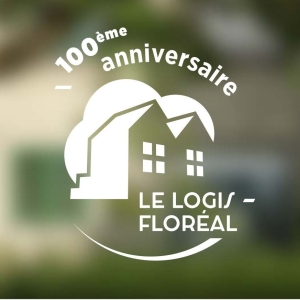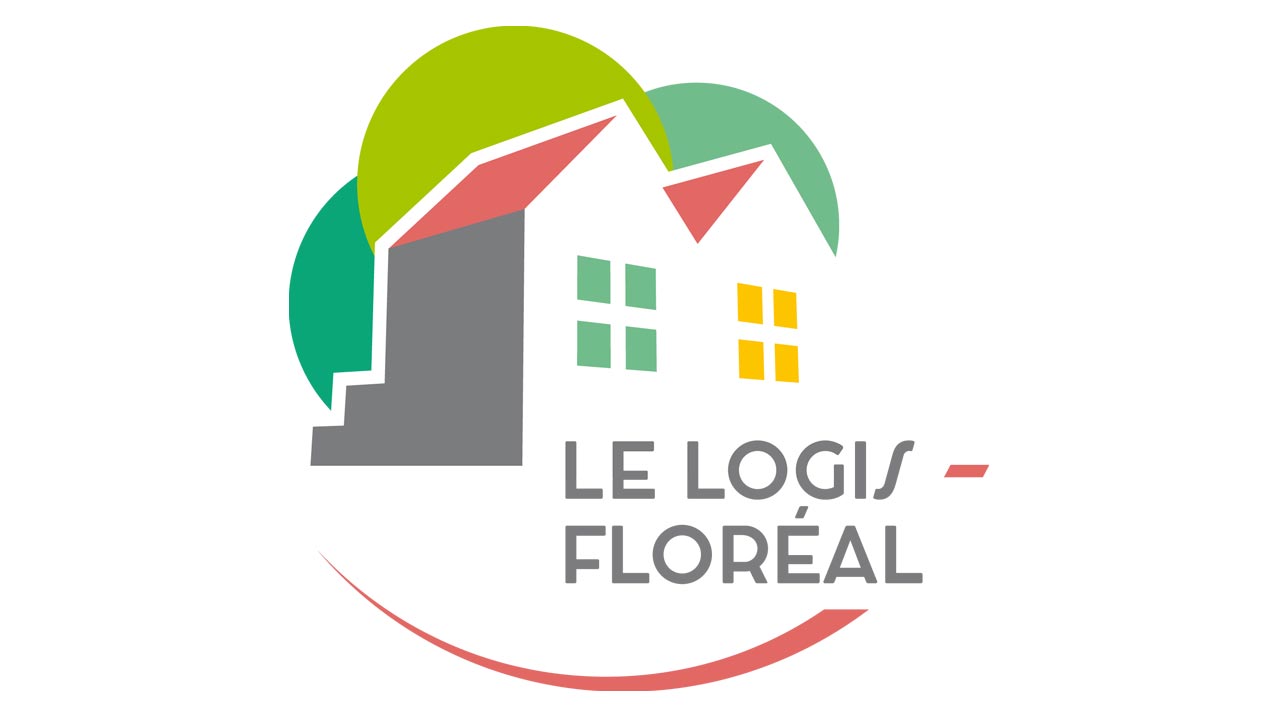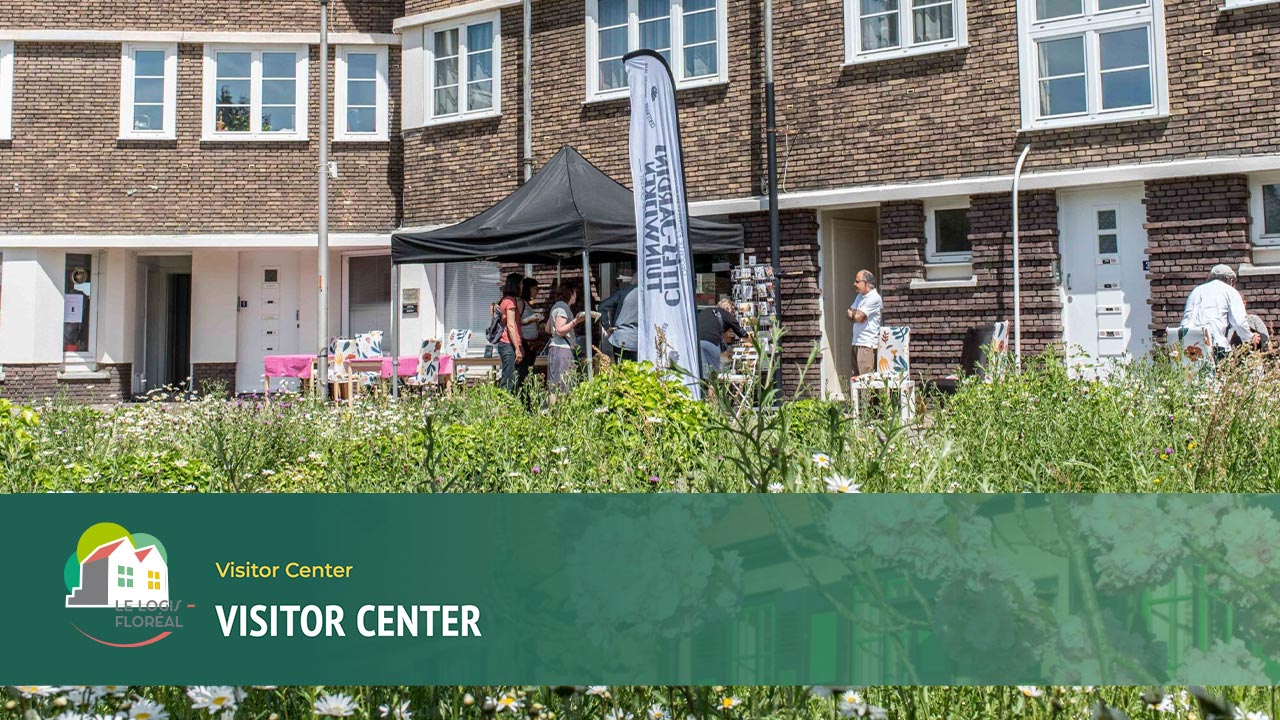
Le Logis-Floréal
Brussels, Belgium
Two adjacent garden suburbs in Brussels.
| Garden City Type: | Cooperative |
| Country: | Belgium |
| City: | Brussels |
| Years of construction: |
1921 Start construction 1930 Completion
|
| Initiator/client: | Housing Corporation Le Logis, Housing Corporation Floréal |
| Architect or related: |
Jean-Jules Eggericx Jean-Jules Eggericx (1884-1963) was a Belgian architect and urban planner. During First World War he fled to England. He actively participated in the Belgium Town Planning Committee, created in London in 1915. It helped bolster the garden city concept, which before the war was barely known in Belgium. |
| Heritage status: | Yes |
| Explanation: | Since 2001, both districts have been protected as a monument. |
| General condition of Garden City: | Recently renovated |
| Explanation: | In 2019, the protected houses were restored. The garden suburbs are very well preserved, which probably can be attributed to a combination of heritage protection and cooperative management of the neighbourhood. It is for example not permitted to make any changes to the house, particularly to the colour of the joinery. |
General description
In 1921, the Le Logis housing cooperative was founded by employees of the Savings and Annuity Fund (Spaar- en Lijfrentekas). A year later the housing cooperative Floréal was founded by the typographers of the Walloon newspaper Le Peuple.
The corporations employed architect Jean-Jules Eggericx, who worked for the Nationale Maatschappij voor Goedkope Woningen en Woonvertrekken (National Company for Cheap Houses and Living Arrangements). Eggericx in turn asked Louis Van der Swaelmen to draw up the urban development plan. Eggericx would be assisted from time to time by the architects L. François and R. Moenart in 1922, and by J. Mouton and G. Vankerckhoven in 1929.
Architecture / Urban planning
The Floréal district is located to the north of Le Logis; the two districts are separated by the Aartshertogenlaan, with Le Fer à Cheval – Brussels' first residential tower – as landmark.
The protected part of Le Logis is bounded in the north by the Aartshertogenlaan, in the east by the Gaailaan, in the south by the houses on the Damhertlaan and in the west by the houses on the Struisvogelstraat.
The protected part of Floréal is bordered to the north by Lammerendrieslaan and Aronskelkenlaan, to the south by Archshertogenlaan and to the west by the houses on Kerstrozenstraat.
Both suburbs are built in the same style, with cottage-inspired houses in a green landscape. The use of colour is different however: while Floréal uses yellow and green for its paintwork, Le Logis uses mainly two colours of green.
Stylistically the houses form a unity, but there is a great variety in floor plans and execution. Some even had a bathroom from the beginning, a luxury unheard of for ordinary people in those days.
Residents and the Community
Logis-Floréal today still operates as a tenants' cooperative. Residents should not behave as 'mere' tenants, but as co-operators who participate in the general meetings of the company, who contribute to the improvement of their housing and who take part in the community life of the neighbourhood. There is a rich community life, with residents organising activities together, something that will only increase with the Visitor Center, which openend in 2022. Residents also garden together and keep sheep on a centrally located building site.
Recent developments
In 2022 the suburbs celebrated their centennial. It also openend a dedicated Visitor Center op April 23rd that year, initiated and managed by a group of inhabitants. It is dedicated to receive and inform visitors and organize guided tours in the garden cities. It is also a meeting space intended for the inhabitants themselves.
Sources
- Website URL
Brussels-Capital Region: Inventory of architectural heritage
- Website URL
- Website URL


















